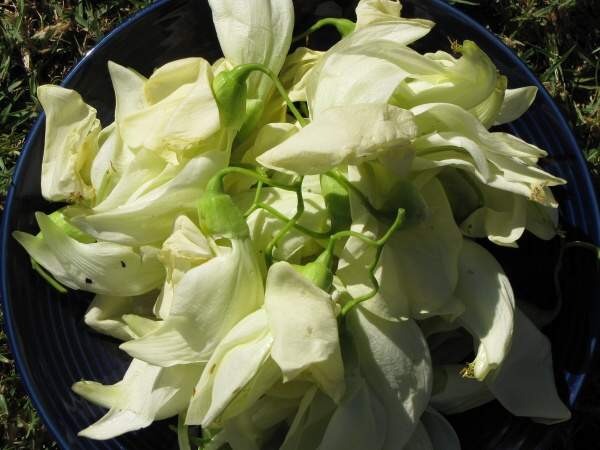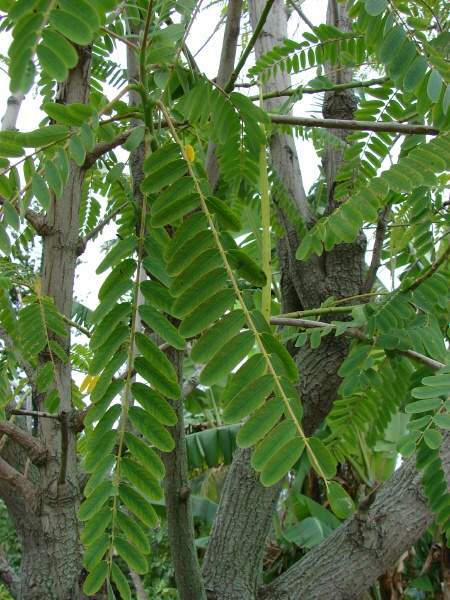
Agathi leaves are taken from agathi tree. Agathi leaves are rich in Vitamin E, have the properties to kill germs, bacteria, and clears poison.
There are two varieties of agathi leaves. One variety has white flower and the other one has red flower called as red august tree leaves. The common variety is white flower august tree leaves.
If someone has cast eye on any of your siblings, they experience loss of appetite, indigestion, face looking tired and dull:
b) Do not add salt
Drink once a week. The poison in the body will be removed and will lose its effect.
You can even give the boiled water to your children to drink.
Agathi leaves have the properties to balance excessive pitta in the body and is a cooling food. That is why our fore fathers consume agathi keerai when they break their fast during amavasai day. Agathi leaves are a must and should be eaten during amavasya day.
This is because the body gets heated up during fasting period and by taking the leaves, it will cool down the body. You can cook the leaves by frying it with grated coconut.
The leaves are rich in Vitamin A and are very good for the eyes. Therefore try to eat agathi leaves once a month or during amavasya fasting day or any other fasting days.
According to Siddha Vaidhiyam tradition taking Murungai leaves once a week and Agathi leaves once a month will gives perfect health.
Strong bones are the main contribution of agathi leaves. The vitamins and rich calcium, iron content in this variety of spinach supplies more strength to bones. By taking some amount of agathi leaves daily prevent weak bones in older ages and arthritis. Agathi leaves strengthen the nerves of eyes.
Agathi leaves are boiled fully and added to the mother of new born baby for healthy breast feeding. It has a power of throwing out the stomach worms and leaves your stomach happy for a long time. The high content of vitamin A and calcium is the reason behind this health benefit.

Besides the leaves, the flowers are also good to consume as it has many medicinal values. Agathi flowers are rich in iron.
Several studies affirm agathi leaves benefits, and illuminate several others:
According to a 2008 study published in the Journal of Cardiovascular Pharmacology, agathi’s antioxidants in the form of aqueous suspension protected rats from oxidative heart damage resulting from exposure to cigarette smoke.
--As per a 2011 study published in the International Journal of Pharma Tech Research, scientists discovered that the ethanol flower extracts had great wound healing potential, and in fact yielded better results than the control group treated with 2 percent Nitrofurazone.
--A 2010 study published in the International Journal of Engineering Science and Technology found that, when tested in hyperlipidemic rats, parts of agathi plant decreased serum cholesterol levels.
--A 2003 study published in the Brazilian Journal of Pharmaceutical Sciences affirmed the plant leaf’s traditional use as adiuretic, showing positive gastric motility.
--According to a 2001 study published in Springer, bark extracts illustrated potent antiulcer activity.
--As per a 2002 study published in Phytotherapy Research, agathi leaves illustrate anticonvulsant activity, thus affirming their traditional use in treating epileptic fits.
According to a 2011 study published in the Journal of Ethnopharmacology, the plant’s ethanol extracts exhibitedanticancer activity when tested on Ehrlich ascites carcinoma-induced rats: the group experienced decreased tumor sizes, a longer lifespan, and cancer cell count.

The leaves can be boiled and ground to a paste and applied on bruises.
The flowers of the plant can be cooked like the leaves. Cooked flowers can be consumed to clear pitha problems caused by smoking, hot climate etc. It is also an excellent coolant.
The flower of red agathi is used to treat nosebleed.
The decoction of the bark of the plant is useful at times of fever.
The root of the plant is used in treating syphilis, pain in the male sexual organ,burning sensation of the whole body.
Decoction of the agathi root can cure the above problems.
The red agathi root and oomathai root (jimsonweed) are ground together to make a paste. This can be applied for swelling and arthritic pain in joints.

Agathi is used as a Siddha home remedy for treating fever, sinus, bruises, and venereal diseases etc.
Fever subsides when the juice of the leaves (2-3 drops a time) is dropped in the nostrils. The juice of the leaves can be applied externally at times of fever to bring down temperature.
The juice of the leaves 1 part and honey 5 parts mixed and massaged on top of the head of small children clears sinus problems.
Fever subsides when the juice of the leaves (2-3 drops a time) is dropped in the nostrils. The juice of the leaves can be applied externally at times of fever to bring down temperature.
The juice of the leaves 1 part and honey 5 parts mixed and massaged on top of the head of small children clears sinus problems.
The leaves can be boiled and ground to a paste and applied on bruises.
The flowers of the plant can be cooked like the leaves. Cooked flowers can be consumed to clear pitha problems caused by smoking, hot climate etc. It is also an excellent coolant.
The flower of red agathi is used to treat nosebleed.
The decoction of the bark of the plant is useful at times of fever.
The root of the plant is used in treating syphilis, pain in the male sexual organ,burning sensation of the whole body.
Decoction of the agathi root can cure the above problems.
The red agathi root and oomathai root (jimsonweed) are ground together to make a paste. This can be applied for swelling and arthritic pain in joints.
Note: The leaves should not be taken along with other remedies. It should be taken infrequently. Regular usage can cause stomachache. Once in a month would be ideal.